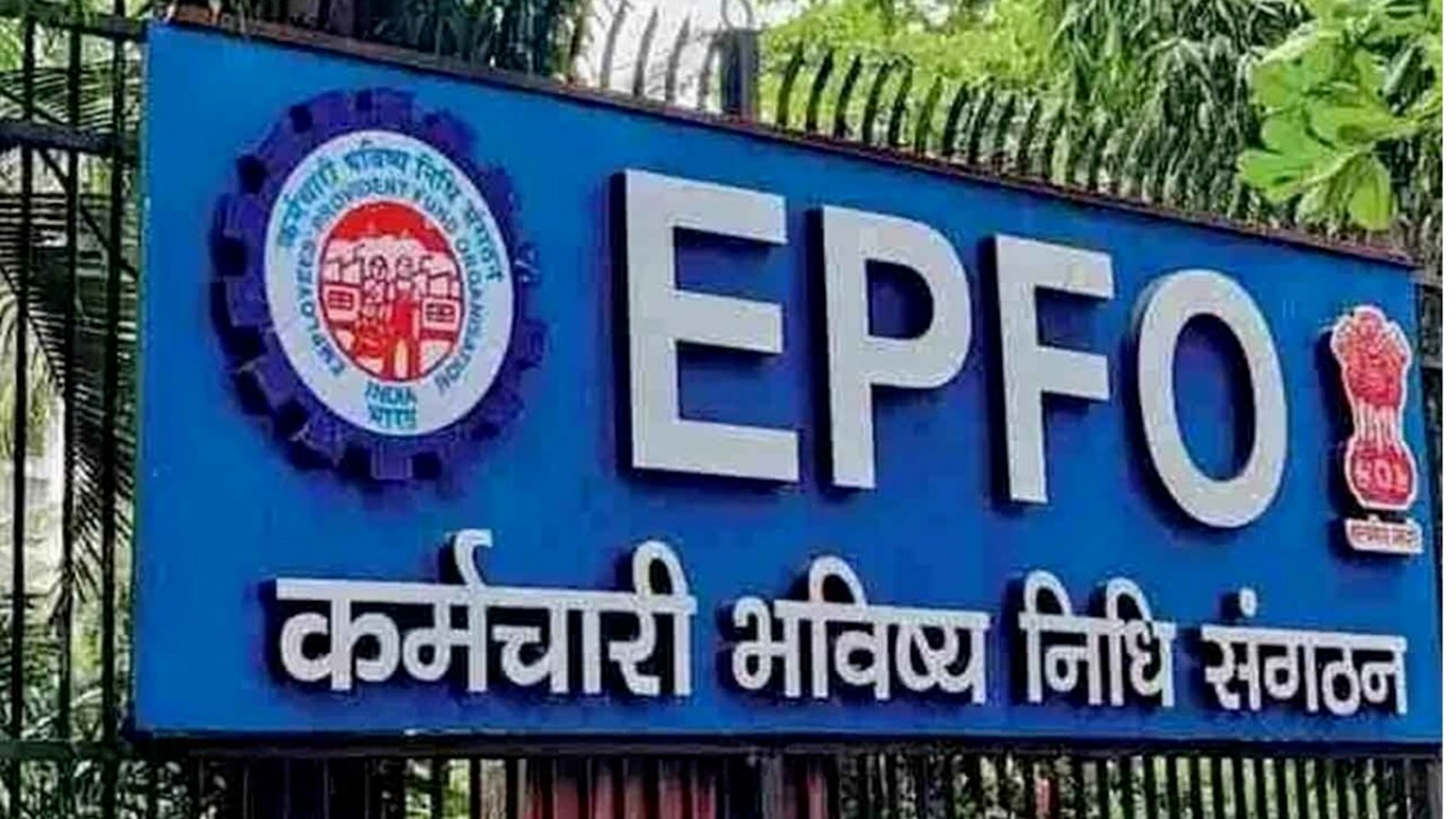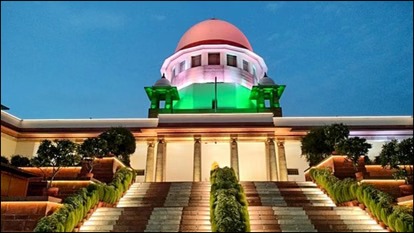Hon''ble Dilip Gupta, J.@mdashThe landlords have filed this petition for a direction upon the Executing Court to decide Execution Case No.5 of 2007 within a fixed period stipulated by the Court.
2. It transpires from the records of the writ petition that the petitioners landlords had filed an application u/s 21(1)(a) of the U.P. Urban Buildings (Regulation of Letting, Rent and Eviction), Act, 1972 (hereinafter referred to as the ''Act'') for release of the shop in 1978 which was registered as P.A. Case No.8 of 1978. The application filed by the landlords was allowed by the Prescribed Authority by the order dated 25th July, 1979 against which the tenants preferred an Appeal u/s 22 of the Act which was allowed by the learned IInd Additional District Judge, Jaunpur by the judgment and order dated 23rd April, 1983. The landlords assailed the aforesaid judgment and order by filing Writ Petition No.10565 of 1983 which was allowed by the High Court by the judgment and order dated 9th October, 2006 which is quoted below:
The petitioners claim to be owners and landlord of the shop in dispute. They have inherited the shop from their predecessors who had affected a partition of the ancestral property. The petitioners application u/s 21(1)(a) of the U.P. Urban Buildings (Regulation of Letting, Rent and Eviction ) Act 1972 was allowed by the prescribed authority by the judgment and order dated 25.7.1979. However, the appeal filed by the tenant respondent has been allowed and the application of the petitioners for release of the shop has been dismissed by the impugned judgment and order dated 23.4.1983 passed in Appeal No.90 of 1979 by the II Additional District Judge, Jaunpur.
The courts below have recorded concurrent findings of fact regarding bonafide need of the petitioners and comparative hardship. The Prescribed Authority as also the appellate court have concluded that the need of the petitioners for the shop in dispute was bonafide and the tenants had in their possession other shops in which they could continue their business.
Learned counsel on behalf of the respondents has submitted that the petitioners grand father had earlier filed a release application which had been dismissed and the tenant out of goodwill had voluntarily vacated half portion of the shop and handed over possession to the petitioners grandfather. Hence the need set up by the petitioners subsequently is not bonafide.
The courts below have considered the pleadings and evidence of the parties and have recorded their findings on the issue of bonafide need and comparative hardship in favour of the petitioners. Having gone through the said findings recorded by both the courts below, no error can be found in the same.
Learned counsel for the petitioner has contended that the appellate court has illegally dismissed the release application of the petitioners solely on the ground that the release application had to be signed by all the co-landlords in view of the fact that the plea of partition set up by the petitioners was shaky and unreliable. Regarding the provision of Rule 15(2) of the U.P. Urban Buildings (Regulation of Letting, Rent and Eviction) Rules 1972 he has contended that the provision was considered by a Full Bench of this Court in the case of Gopal Dass and Another Vs. Ist Addl. District Judge reported in 1987 (1) ARC 281 it was held that the said requirement was invalid. One co-owner was competent to maintain an action for eviction of a tenant of the entire premises, since he can be considered as a landlord within the meaning of section 3(j) of the Act. Therefore, one co-owner alone would be competent to sign such an application.
The law is well settled on this issue in view of the decisions of the Hon''ble Supreme Court in the cases of
The writ petition is allowed as above. No order is passed as to costs.
3. The tenants, however, did not give possession of the shop to the landlords even after the writ petition filed by the landlords was allowed as a result of which the landlords filed an application for enforcement of the order u/s 23 of the Act which was registered as Execution Case No.5 of 2007. In the said Execution Case the tenants filed objections along with an application for stay and the Executing Court stayed the eviction of the tenants.
4. It is the submission of the learned counsel for the petitioners that though the application filed for release of the shop in 1978 was allowed by the Prescribed Authority by the order dated 25th July, 1979 and the writ petition filed by the landlords was also allowed by the judgment and order dated 9th October, 2006 but till date the landlords have not been given possession of the tenanted shop. It is, therefore, his submission that a direction should be issued to the Executing Court to decide the Execution Case expeditiously.
5. In view of the relief claimed by the petitioners and the order that is proposed to be passed, it is not necessary to issue notice to respondent nos.2 to 4 who have filed objections in the Execution Case No.5 of 2007.
6. It is seen from the records of the writ petition that the landlords had filed the application u/s 21(1)(a) of the Act for release of the shop which application was allowed by the Prescribed Authority by the order dated 25th July, 1979 against which the tenants filed an Appeal which was allowed by the judgment and order dated 23rd April, 1983 but in the Writ Petition filed by the landlords, the judgment and order dated 23rd April, 1984 was set aside and the application filed by the landlords u/s 21(1)(a) of the Act was allowed.
7. The tenants, however, did not handover the vacant possession of the shop to the landlords, as a result of which the landlords filed an application u/s 23 of the Act for enforcement of the order which was registered as Execution Case No.5 of 2007. The Executing Court was proceeding with the Execution Case and also issued directions on 19th September, 2009 to the Station House Officer to take possession of the shop from the judgment debtors but it transpires that at this stage the judgment debtors filed objections on 20th October, 2009 that the order should not be executed for the reason that it was a nullity in law and the judgment debtors were doing business from the tenanted shop. Along with the objections an application for stay was also filed by the judgment debtors that they should not be dispossessed till the objections are decided. The Executing Court stayed the eviction of the tenants but till date it has not decided the objections filed by the judgment debtors.
8. It is, therefore, a fit case where a direction should be issued to the Executing Court to forthwith decide the objections filed by the judgment debtors and thereafter decide the Execution Case filed by the landlords. The objections filed by the judgment debtors should be decided without granting any unnecessary adjournment within a period of one month from today and after disposal of the objections, the Executing Court shall decide the Execution Case within a further period of one month.
9. The writ petition is disposed of with the aforesaid observations.

